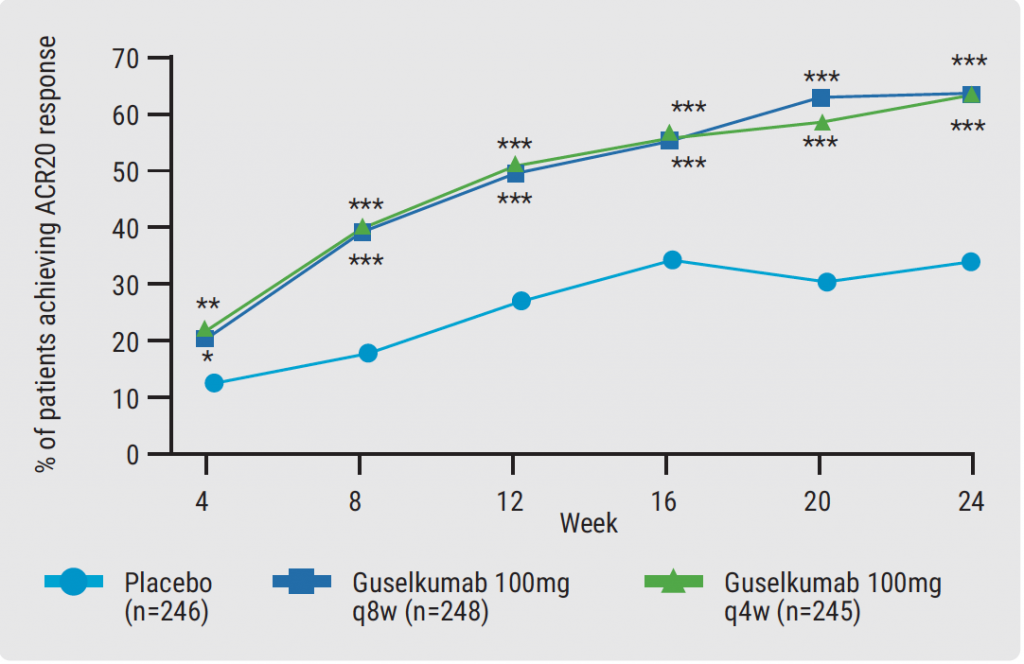Dryness severity, corneal ulceration and scarring, cataract and glaucoma were also associated with a greater likelihood of severe visual impairment (SVI), Dr. Sayan Basu and colleagues from the LV Prasad Eye Institute in Hyderabad, India, report in the American Journal of Ophthalmology.
Corneal ulceration and melting are the most frequent vision-threatening complications of SS, occurring in up to 4% of patients, the authors note. They investigated risk factors for SVI in 919 patients with SS who presented to their eye-care network, including 285 (31%) with primary SS and 634 (69%) with secondary disease.
Rheumatoid arthritis was the leading cause of secondary SS, in 98.1% of patients, while 0.79% had systemic lupus erythematosus, 0.79% had psoriasis and 0.6% had scleroderma.
Ten percent of the 1,838 eyes in the study had SVI, and 2.5% presented with corneal complications. Several factors showed independent, significant associations with SVI, including corneal scarring (odds ratio, 3.00), corneal ulceration (OR, 12.96), lower Schirmer values (OR, 0.93), being older at diagnosis (OR, 1.02), glaucoma (OR, 4.09) and cataract (OR, 2.4).
Men were more likely to have SVI than women, but the difference wasn't statistically significant (24% vs. 17%, P=0.07).
At presentation, 29 patients had corneal ulceration and 17 had perforation. Scleritis (OR, 8.86) and secondary SS (OR, 2.94) were independently associated with corneal complications.
"Clinicians should diligently assess the corneal status in eyes with scleritis of SS patients such as the progression of SPKs on follow-up or development of small epithelial defects," Dr. Basu and colleagues state.
Patients with secondary SS and patients with scleritis "have a greater risk of developing sight-threatening corneal complications and therefore should be followed-up closely," they conclude.
SOURCE: https://bit.ly/2K0x77S American Journal of Ophthalmology, online December 29, 2020.
By Reuters Staff
Posted on
Previous Article
« Clinicians recommend hair pull test of up to two hairs for all textures Next Article
New tool helps predict chemotherapy toxicity in older women with early breast cancer »
« Clinicians recommend hair pull test of up to two hairs for all textures Next Article
New tool helps predict chemotherapy toxicity in older women with early breast cancer »
Related Articles

March 12, 2021
Primary ovarian insufficiency linked to osteoporosis
© 2024 Medicom Medical Publishers. All rights reserved. Terms and Conditions | Privacy Policy
HEAD OFFICE
Laarderhoogtweg 25
1101 EB Amsterdam
The Netherlands
T: +31 85 4012 560
E: publishers@medicom-publishers.com

